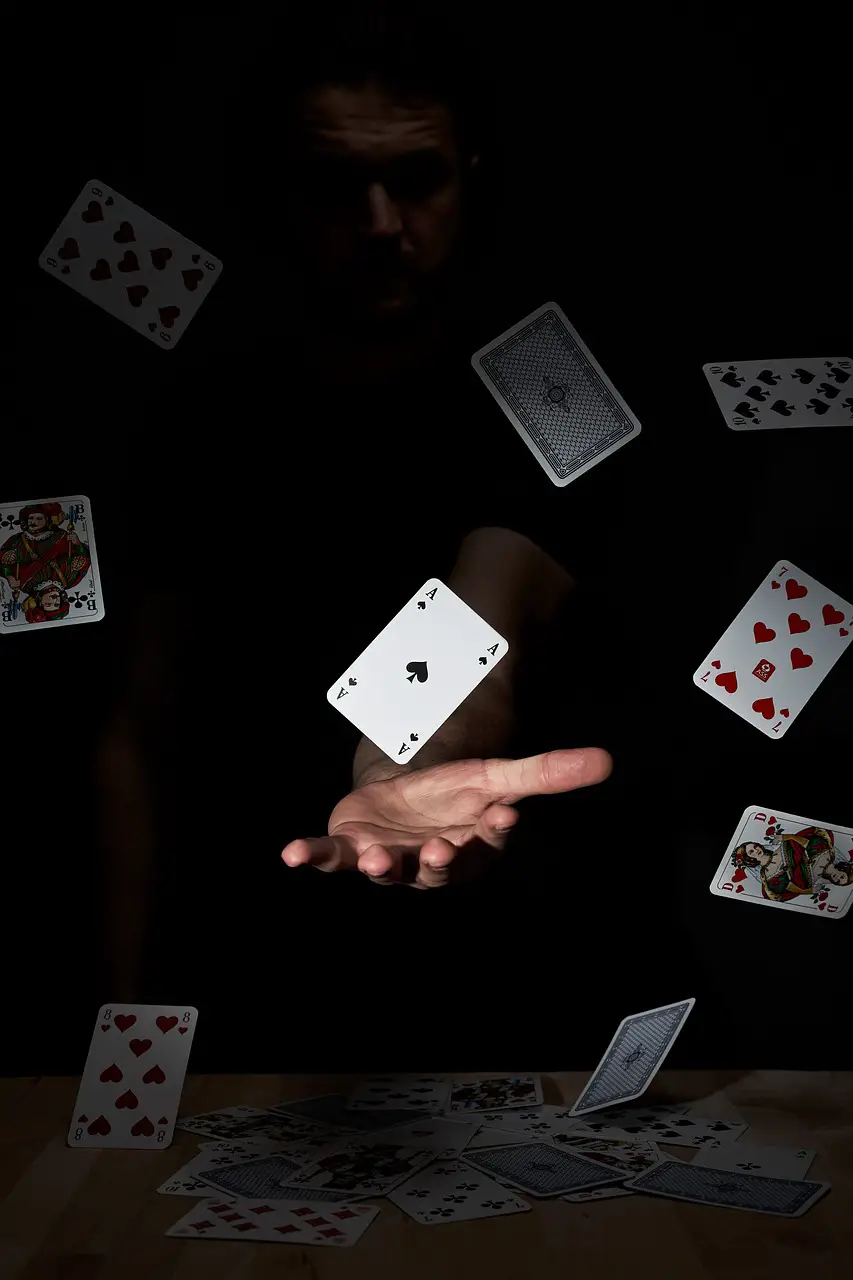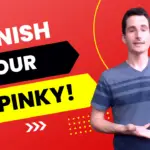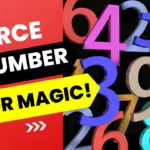
Loops by Yigal Mesika is a popular and versatile magic tool that has been used by many professional magicians and hobbyists alike. This tool consists of a small, elastic thread that is invisible to the naked eye and can be used in a wide range of magic tricks, from levitation to card tricks.
In this article, we will take a closer look at Loops and how they work, as well as the different ways they can be used in magic tricks.
What are Loops?
Loops are small, elastic threads that are invisible to the naked eye. They are made from a special type of elastic thread that is strong enough to hold small objects, but flexible enough to stretch and contract. When the stretched thread is released, it will return to its original size (because it’s elastic).
Loops can also be made by the magician in different thicknesses and strengths, and can be cut to different lengths depending on the needs of the magician.
Loops are very similar to traditional magician’s invisible thread, which has commonly been used to float objects. It is made from the same type of material, and is very thin and hard to see, just like traditional invisible thread. But, the difference is that Loops are elastic and can stretch and go back to their original size and shape (like a rubber band), where as traditional invisible thread does not stretch (it will break).
Loops are typically sold in sets, with each set consisting of 8 loops. They are usually packaged in small plastic containers or envelopes to keep them clean and protected from damage.
How do Loops work?
Loops are typically used in magic tricks that involve levitation or suspension of small objects. For example, a magician might use a Loop to make a small object, like a bill or card, appear to float in mid-air.
To use a Loop, the magician starts with the Loop around one of their hands, and then loops the other end around a finger on the other hand. They then stretch the Loop out by pulling their finger away from the hand the loop is wrapped around, causing the loop to stretch. Because the Loop is a very thin material, in most situations, it appears invisible.
An object can then be placed on top of the stretched loop, making it appear to float. Another idea is to bump into an object with the stretched string, causing it to appear to move on its own.
When the magician then releases their finger, the thread contracts back to the palm and both hands appear empty.
Loops work in a very similar manner to invisible thread, which has long been used by magicians to float objects. But the benefit of Loops is that they do not require an anchor point, and they can be done impromptu, since the Loops can be carried around on the magician at all times, very easily. They are also easy to clean up and reset, and do not leave the magician “dirty” as traditional invisible thread can do.
What are some magic tricks with Loops?
Loops can be used in a wide range of magic tricks, from simple card tricks to complex levitation illusions. Here are a few examples of how Loops can be used in different types of magic tricks:
Card tricks
Loops can be used in card tricks to make a card appear to levitate or move on its own. For example, a magician might use a Loop to the deck appear to cut itself at the location of the chosen card, and have the card magically pop out of the deck. (This is known as the “Haunted Deck”)
Another trick involves a playing card floating in between the hands of the magician.
Money tricks
Loops can be used to float a bill, such as a borrowed dollar bill, in between the magician’s hands.
Levitation illusions
Loops are often used in levitation illusions to make small objects appear to float in mid-air. For example, a magician might use a Loop to make a small object, like a business card float in mid-air between their hands.
You can also float a rubber band off of your hand, or cause one to stop in mid-air.
Tips for effectively using Loops
Here are a few tips for using Loops effectively in magic tricks:
Practice: Like any magic tool, Loops require practice and skill to use effectively. Spend time practicing different techniques and tricks to get comfortable with using Loops.
Use proper lighting: Loops are invisible to the naked eye, but can be visible under certain lighting conditions. Make sure to perform your tricks in the best lighting conditions to reduce the risk of the Loop being seen.
Be careful not to break the Loop: Loops are delicate and can break easily if they are stretched too far or pulled too hard. Be careful not to break the Loop when performing tricks, and always carry extra Loops in case one breaks.
Be mindful of angles: Loops can be visible from certain angles, so make sure to position yourself and your audience in a way that minimizes the risk of the Loop being seen.
Be subtle: Loops work best when they are used subtly and without drawing attention to themselves. Try to make your movements and gestures as natural and fluid as possible to avoid arousing suspicion.
Practice misdirection: Misdirection is a key element of magic, and can be especially effective when using Loops. Use misdirection to draw your audience’s attention away from the Loop and towards the trick you are performing.
Always be prepared: Loops can be a powerful tool in magic, but they require preparation and practice to use effectively. Make sure to practice your tricks beforehand and have all the necessary props and equipment ready before performing.
Final Thoughts
Loops by Yigal Mesika are a versatile and powerful tool in the world of magic. They can be used in a wide range of tricks, from levitation to card tricks, and can add an element of mystery and wonder to any performance.
However, they require practice and skill to use effectively, and it is important to be mindful of the limitations and risks associated with using Loops. With proper preparation and technique, however, Loops can be an incredibly rewarding and impressive addition to any magician’s repertoire.
The magician started magic as a kid and has learned from some of the greats. He loves to share his knowledge with others and help out with the subtleties he’s learned along the way.
Follow on YouTube at the link below to get free tricks and advice!




